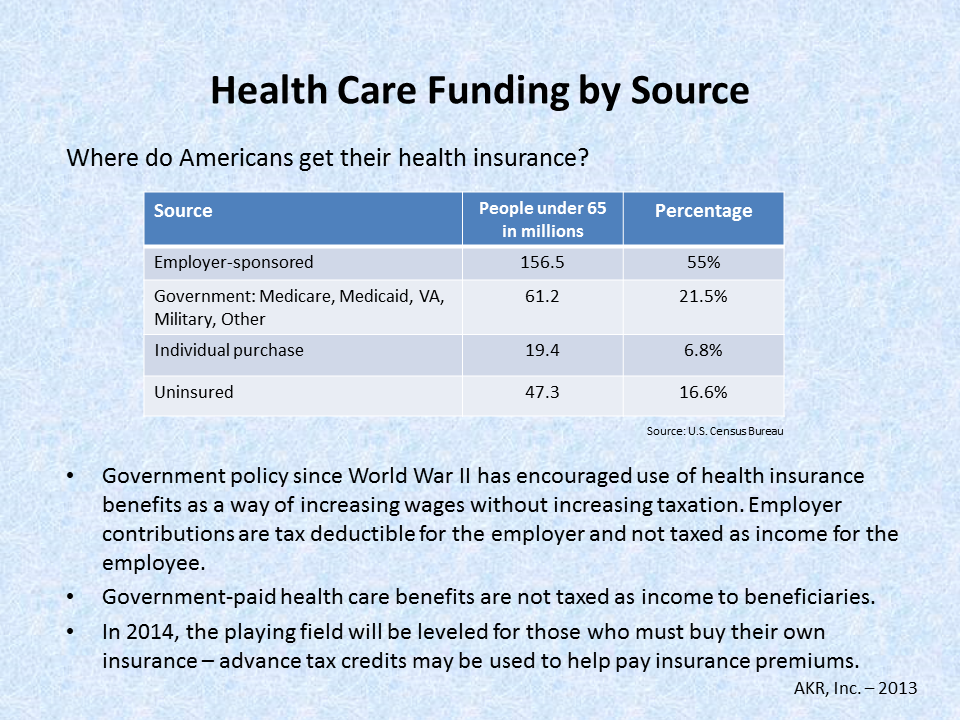Advantage Plans are losing their luster. Regular Medicare chugs along.
For-profit private insurance companies offer Medicare Advantage plans that take the place of regular Medicare. 2026 Advantage plans are cutting back on provider choice and special benefits.
On October 16th the Wall Street Journal ran a major feature (behind its pay wall) entitled “Watch for Big Changes to Medicare Coverage.” Unfortunately, the title is misleading. Big changes are coming for Medicare Advantage Plans. There are small yearly increases for regular Medicare for Part B premiums. The deductibles for Parts A and B also increase.
Understanding the Medicare Alphabet.
- Traditional Medicare includes Part A – hospitalization – and Part B – outpatient care such as doctor visits.
- Part C cove . You need to enroll in Medicare Parts A and B to enroll in a Part C Advantage plan.
- Prescription plans are Part D. You have to purchase prescription coverage unless you are in a group or other type of plan that includes coverage for prescriptions. You need to have a prescription plan whether you are in regular Medicare or an Advantage plan. Many Advantage plans include Part D coverage, but not all. Prescription plans are open to Medicare members who have Part A or Part B or both. Don’t be late or skip enrolling in prescription Part D plan. You will get penalties that you can never get rid of. So don’t skip enrollment in a Part D plan!
What to know about Advantage plans and upcoming changes
Advantage plans sound great but there are some serious drawbacks that you should be aware of. sounds great. Many Advantage plans use managed care organizations that contract with hospitals and medical groups. The HMO (health maintenance organizations) or EPO (exclusive provider) plans only contract with certain hospitals and doctors.You may need to find new providers if your current providers do not contract with the plan. With PPO (preferred provider organization) plans, you can still choose services from non-network providers. But you will pay a larger share of the cost.
Many hospitals and physician groups are leaving Advantage plans this year. Be sure to read your Annual Notice of Change (ANOC) to find out all the details. Check that your providers are still in-network for your plan.
According to the Wall Street Journal here are some of the Advantage Part C changes :
- Copayments and other costs are going up. The cost of Advantage plans and their deductibles are probably going up. Look at Annual Notice of Change for details.
- Insurance companies are eliminating or modifying Advantage plans. These changes will affect approximately 1.2 million people.
- Preferred Provider Organizations (PPOs) allow members more physician choice. Some insurance companies are limiting choice by shifting to HMO plans.These plans restrict your choice of providers and require approvals for specialty care. HMOs can restrict the number of procedures you may have and how long you can stay in the hospital.
- Advantage plans are also trimming some of the extra benefits that have made them so attractive in the past – sports equipment, healthy food, and home repairs among others.
- Insurers are cutting commissions for brokers and agents on certain plans to help drive customers to plans which the insurers prefer.

Kathleen Brewer de Pozos has over 30 years experience in health care management consulting and health insurance.
How regular Medicare works and why you need a supplement
If you want more freedom in your choice of providers, sign up for regular Medicare. It gives you access to any hospital and provider that accepts Medicare.
Regular Medicare is an 80/20 plan – comparable to the Gold Tier Affordable Care Act plans. Insurers pay 80% of the agreed upon price. You pay the other 20%.
Regular health insurance pays providers less compensation for their services than they charge people without insurance. The Federal Government sets the Medicare payment rates for providers. Providers who accept “Medicare assignment” agree to accept what Medicare pays as payment in full. Providers can charge an additional 15% for their services since Medicare pays less than group or individual insurance. This is known as “accepting Medicare.” Beneficiaries pay the additional 15% themselves.
If you choose regular Medicare, you should purchase a supplement or Medigap policy. It cover most of the deductibles, copays, and other costs that Medicare does not pay for.Supplements may also offer additional benefits such as gym memberships and discounts on hearing aids and glasses.
There are no substantial changes for regular Medicare Parts A and B in 2026. However, there are changes for Part D prescription coverage, which will cover in a separate post.
Randolfo R. Pozos, California Insurance License #0A37551








